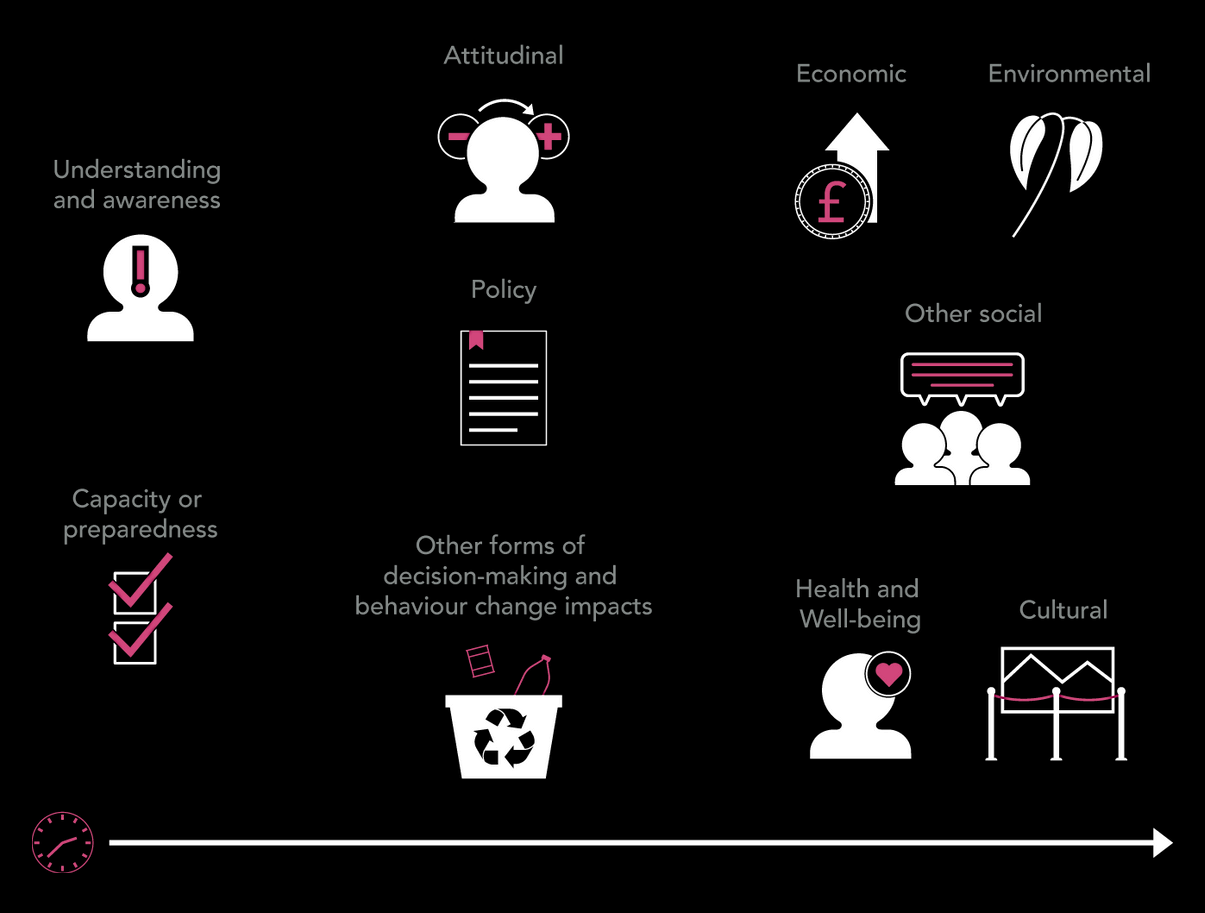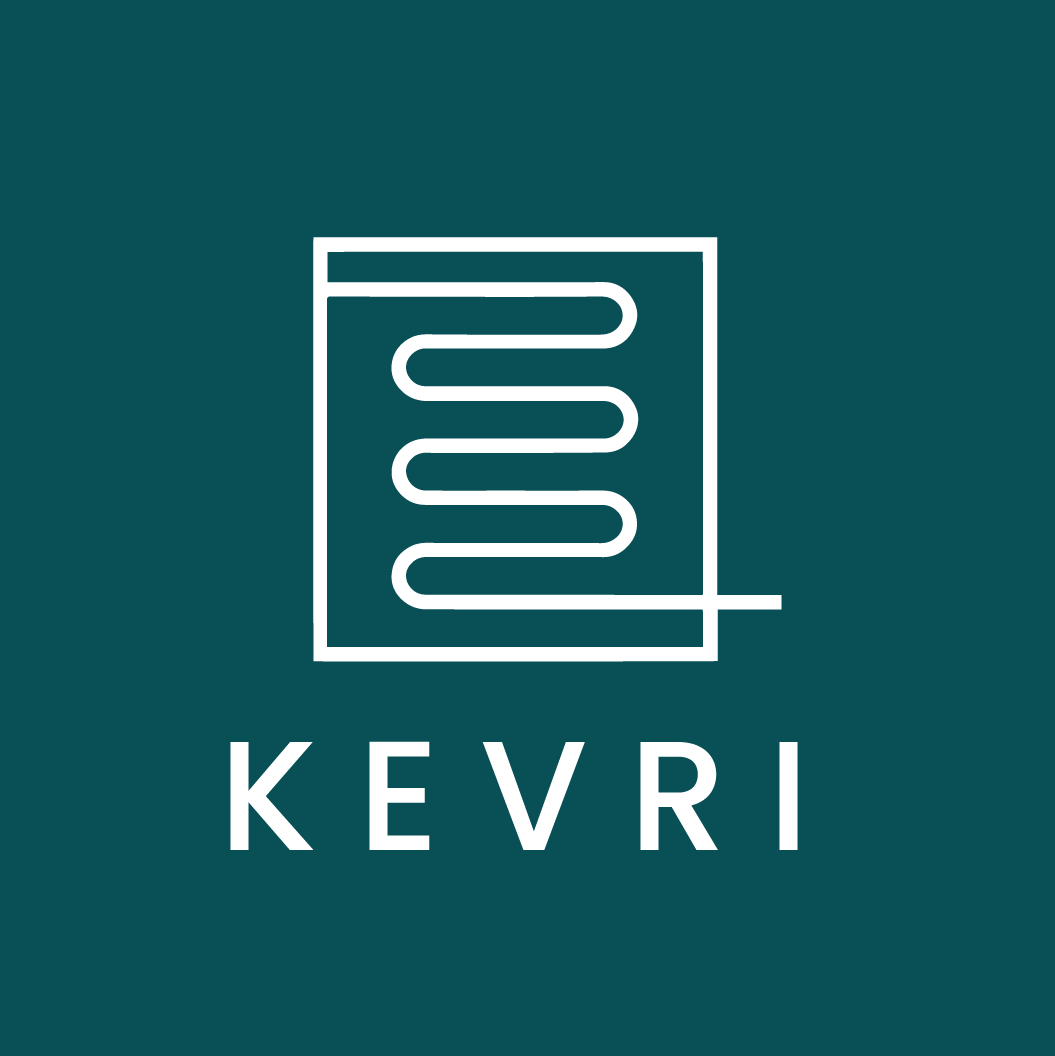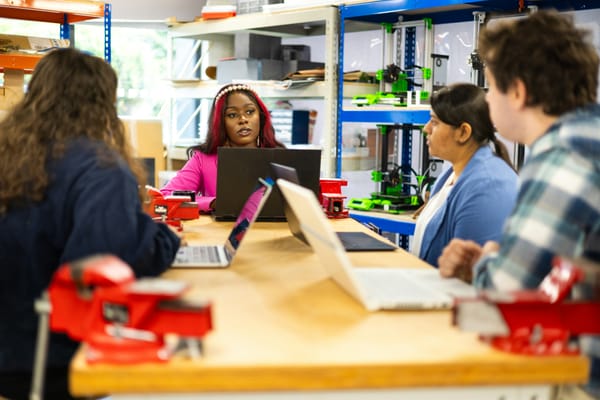Students urge universities to invest in impact-driven initiatives
Today's students are putting pressure on their institutions to invest in impactful projects, encouraging universities to be more environmentally and socially responsible.

The term “impact investing” has become increasingly trendy. But what does it mean and how does it affect students and the higher education sector? In this latest KEVRI Insight article, we’ll explore everything you need to know.
What is Impact Investment?
The term 'Impact Investment' refers to the allocation of capital to address social and/or environmental issues. It’s investments in companies, organisations, and funds with the intention to create a measurable, beneficial or environmental impact alongside a financial return.
When it comes to defining impact, there are many different definitions. UK Research and Innovation (UKRI) defines impact as:
“An effect on, change or benefit to the economy, society, culture, public policy or services, health, the environment or quality of life, beyond academia.”
There are also all kinds of impact. Check FastTrack’s image below and further explanation of the different impact types to gain a deeper understanding.

How does Impact Investment relate to Higher Education?
The importance of reaching the UN Sustainable Development Goals (SDGs) is greater than ever before, especially as we are behind the 2030 schedule.
Thus, the impact economy and impact investing have become a concentrated effort for higher education institutions.
The UK government, professors, researchers, and investors realise the need to launch and promote initiatives that drive meaningful, impactful change. And UK Research and Innovation Funding opportunities showcase the government’s acknowledgement of this need, with the research and innovation funding focusing on delivering economic growth, social and cultural impact and environmental sustainability.
Adding to this is the mounting pressure today’s students are putting on institutions to take action, imploring universities to be more environmentally and socially responsible.
As a result of the transparency urged around this, the Times Higher Education Impact Rankings even capture today’s universities' efforts in delivering against the SDG agenda.

Impact Investment and University Funds
Many of today’s universities have access to millions of pounds in endowment funds. In fact, the academic endowments linked with the UK universities and colleges were estimated to be worth £15.8 billion in 2020.
According to an Impact Entrepreneur article by CoPeace Founder Craig Jonas, there’s a growing trend of students pushing universities to make more impactful investments, with administrators and endowment managers expected to feel more pressure.
“Millennials and Gen Zers are targeting their schools and threatening to pull current and future donations if said schools don’t divest investment holdings in fossil fuel companies and increase the number of ESG investments in their portfolios,” states Jonas.
Many universities are well on their way to focusing on social and environmental impact and SDG alignment. The University of Northampton, one of the youngest universities in the UK, is proving to be a great embodiment of this, with social innovation and positive value at its core.
Starting in 2011, the university has created a total investment portfolio of £21 million, with £1.25 million of this social impact investments. It’s estimated that the joint social value created across the university is an impressive amount of £52 million, showcasing the snowball effect of value that can be created by social impact investments.

Impact investing allows Higher Education Institutions (HEIs) to truly consider the wider social and environmental impacts of their investment portfolio, helping them to contribute to solving some of the world’s most entrenched issues whilst making financial returns. As the world becomes more environmentally and socially conscious, we should only expect this trend to grow.
Impact Investment and Knowledge Exchange
Aside from driving more SDG-focused decisions around investment funds, the impact economy is also pushing HEIs to work on more SDG-focused Research and Knowledge Exchange (KE) projects.
As a result, we seeing more universities, researchers, businesses, students and charities collaborate on impact-driven projects. We are also seeing a lot more opportunities being provided to secure funding for such projects.
The University of the Arts London (UAL) is a prime example of an HEI looking to tackle social and environmental issues through Knowledge Exchange.
A KE project around 'Bio-Inspired Textiles' is included among many of the university’s innovative initiatives. The project brings together students, practitioners and industry partners to explore what nature can teach us about designing more sustainable textiles.
As a result of this collaborative, impact-driven research project, the 'Bio-Inspired Textiles framework' has been developed. Read more about this project here.
Experienced textile makers: help us to develop biologically informed textile artefacts. The Bio-Inspired Textiles @ResearchUAL team is looking for skilled textile makers for a Maker Collaboration (paid) opportunity.
— University of the Arts London (@UAL) June 14, 2021
Apply by 30 June at:https://t.co/lbdsjzn1Tg pic.twitter.com/dOQ9WQnJeL
Tracking Impact
The problem that many universities and higher education institutions may experience is the ability to clearly showcase the impact of their Knowledge Exchange activities. This is important for many reasons, but mainly in terms of having the opportunity to access funding to develop further projects, showcase the impact of activities to the wider world, and also to simply keep track of projects from an internal standpoint.
Here at KEVRI we have developed a bespoke digital platform that centralises impact-driven data for Knowledge Exchange. Our software captures essential framework data needed for universities to optimise their KE activities and enhance their social and economic impact.
The KEVRI team has also introduced a new Pathway to Impact feature, designed to help university staff reflect on the impact of their Knowledge Exchange project or activity.

Like many other purpose-driven organisations, KEVRI cares about strengthening global innovation and sustainable development.
We help Higher Education Institutions optimise their Research and Knowledge Exchange so we can get closer to that SDG 2030 target.
We believe if we can start encouraging our users to track their impact now, big or small, that we can begin measuring the return of our efforts and inspiring future generations and the current generation of students to follow.
Want to find out more about KEVRI? Subscribe to our newsletter today or reach out to us at info@kevri.co.





